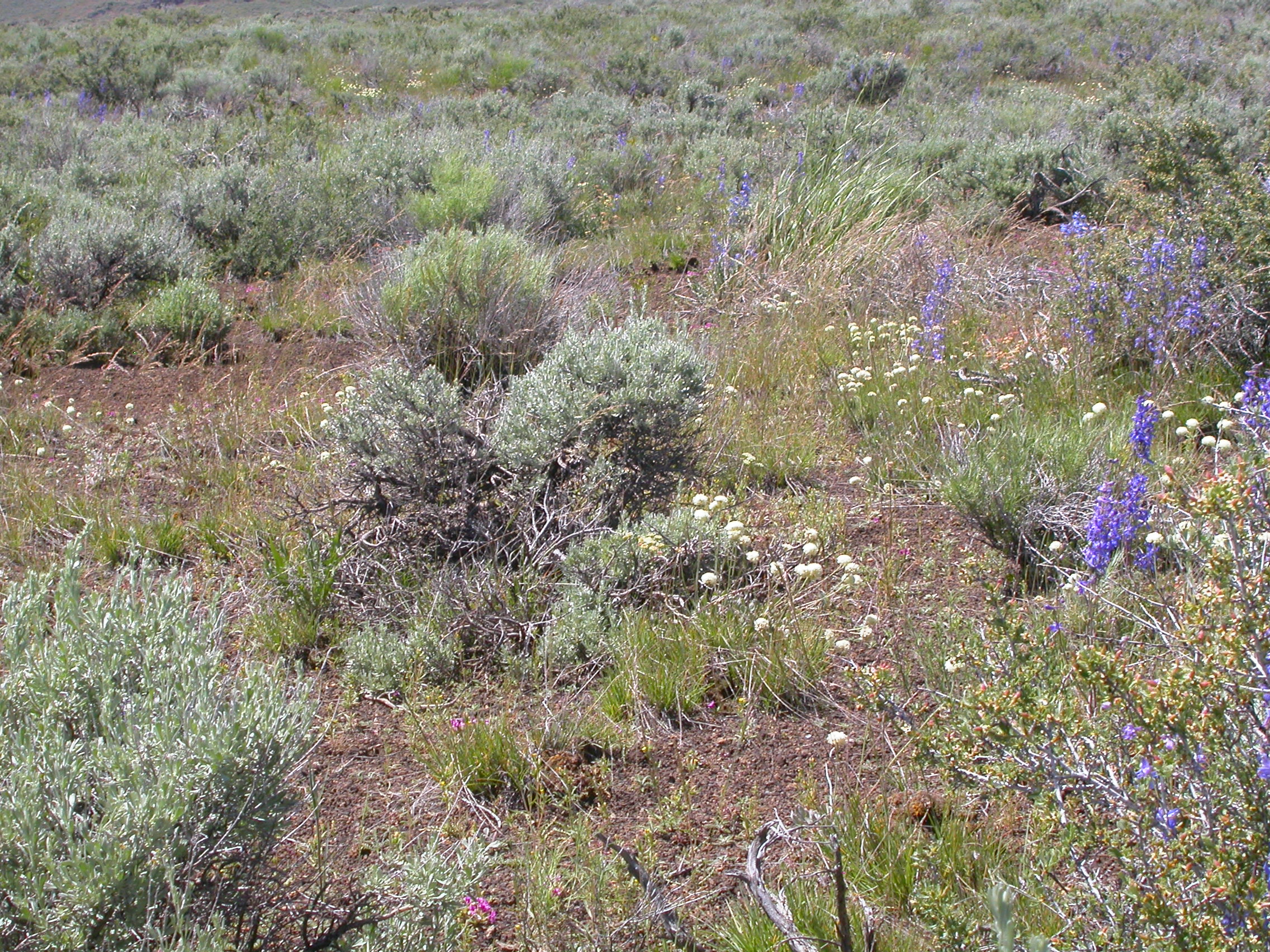Plant cover on:
[Wikipedia]
[Google]
[Amazon]
 The abundances of
The abundances of
PIN-POINT 1.0
is a
 The abundances of
The abundances of plant
Plants are predominantly photosynthetic eukaryotes of the kingdom Plantae. Historically, the plant kingdom encompassed all living things that were not animals, and included algae and fungi; however, all current definitions of Plantae excl ...
species are often measured by plant cover, which is the relative area covered by different plant species in a small plot. Plant cover is not biased by the size and distributions of individuals, and is an important and often measured characteristic of the composition of plant communities
A plant community is a collection or association of plant species within a designated geographical unit, which forms a relatively uniform patch, distinguishable from neighboring patches of different vegetation types. The components of each plant ...
.
Usage
Plant cover data may be used to classify the studied plant community into avegetation type
Vegetation classification is the process of classifying and mapping the vegetation over an area of the earth's surface. Vegetation classification is often performed by state based agencies as part of land use, resource and environmental managemen ...
, to test different ecological hypothesis on plant abundance, and in gradient studies, where the effects of different environmental gradients on the abundance of specific plant species are studied .
Measurement
The most common way to measure plant cover in herbal plant communities, is to make a visual assessment of the relative area covered by the different species in a small plot (seequadrat
A quadrat is a frame, traditionally square, used in ecology, geography and biology to isolate a standard unit of area for study of the distribution of an item over a large area. Modern quadrats can for example be rectangular, circular, or irregul ...
). The visually assessed cover of a plant species is then recorded as a continuous variable between 0 and 1, or divided into interval classes as an ordinal variable. An alternative methodology, called the pin-point method (or point-intercept method), has also been widely employed.
In a pin-point analysis, a frame with a fixed grid pattern is placed randomly above the vegetation, and a thin pin is inserted vertically through one of the grid points into the vegetation. The different species touched by the pin are recorded at each insertion. The cover of plant species ''k'' in a
plot, , is now assumed to be proportional to the number of “hits” by the pin,
,
where is the number of pins that hit species ''k'' out of a total of ''n'' pins. Since a single pin in multi-species plant communities often will hit more than a single species, the sum of the plant cover of the different species may be larger than unity when estimated by the pin-point method. The sum of the estimated plant cover is expected to increase with the number of plant species in a plot and with increasing 3-dimensional structuring of the plants in the community. Plant cover data obtained by the pin-point method may be modelled by a generalised binomial distribution (or Pólya–Eggenberger distribution).
See also
*Cover crop
In agriculture, cover crops are plants that are planted to cover the soil rather than for the purpose of being harvested. Cover crops manage soil erosion, soil fertility, soil quality, water, weeds, pests, diseases, biodiversity and wildlife in ...
*Tree cover
Forest cover is the amount of forest that covers a particular area of land. It may be measured as relative (in percent) or absolute (in square kilometres/square miles). Around a third of the world's surface is covered with forest, with closed-canop ...
References
{{reflistExternal links
PIN-POINT 1.0
is a
Mathematica
Wolfram Mathematica is a software system with built-in libraries for several areas of technical computing that allow machine learning, statistics, symbolic computation, data manipulation, network analysis, time series analysis, NLP, optimiza ...
notebook for estimating plant cover from pin-point data using a generalised binomial distribution.
Ecology
Ecology terminology
Ecological metrics